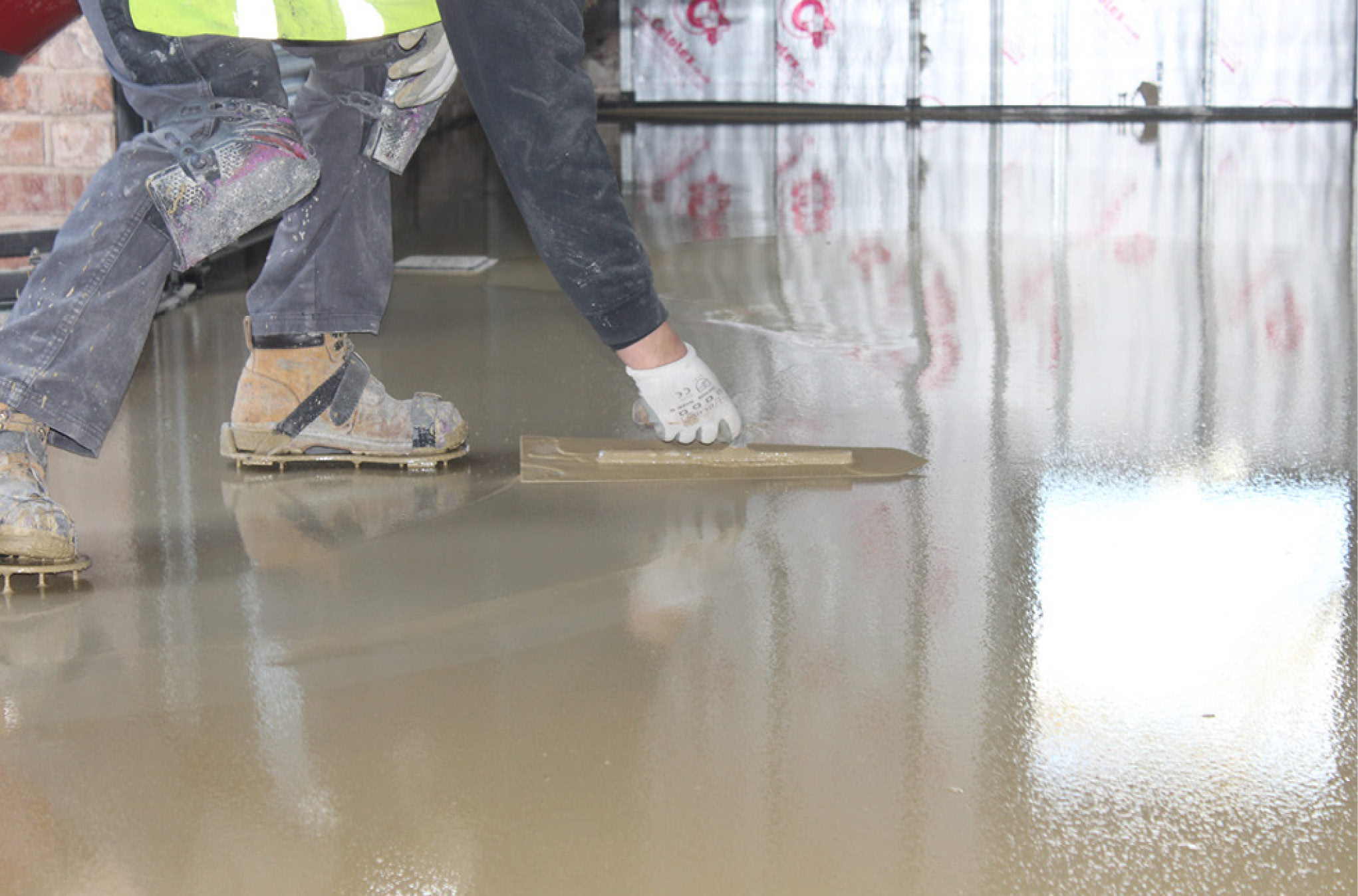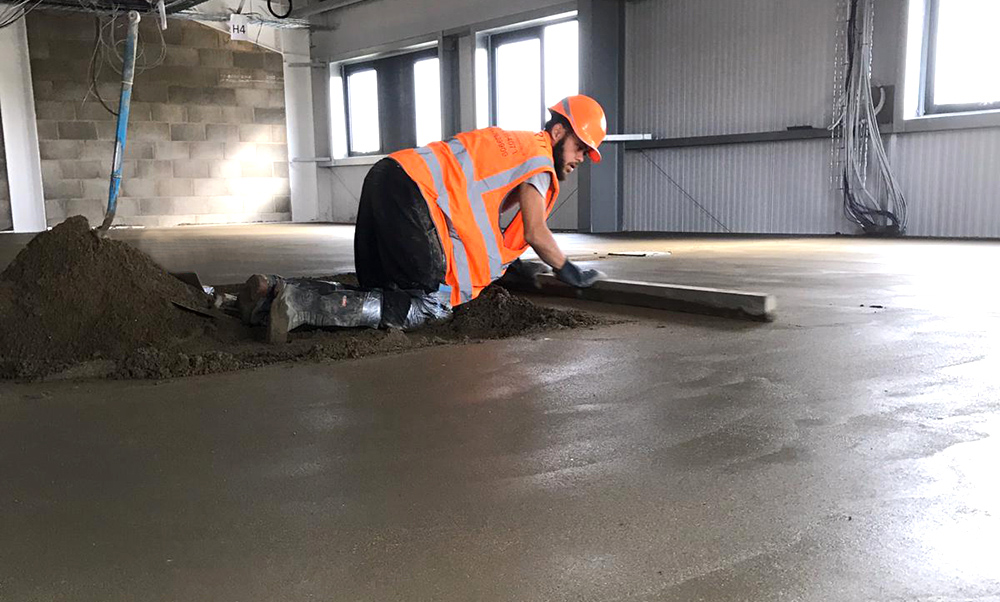Liquid Screed Contractors:
Screed is an incredibly beneficial cloth because it facilitates the gaining of flat surfaces and covers underfloor heating. Generally, they are of two types: dry and liquid floor screed, and each varies in phrases of materials, pricing, and alertness methods.
Liquid Screed is a new and increasingly famous method of screeding a floor. It creates a supremely level, even, and smooth surface on which to lay every last attractive flooring (carpet, wood, laminate, ceramic tiles, vinyl).
Here we discover all those frequently asked questions in terms of Liquid Screed Contractors. Many factors want to be considered while deciding on an excellent screening method, so let’s discover each type in extra detail.
What Is Dry Screed?
According to the Concrete Center, dry screed typically includes aggregates (sand) and cement, with an approximate ratio of 4 parts combination and 1 part cement. It’s regularly known as a traditional screed because of its everyday use across the industry.
Benefits Of Dry Screed:
- Cost-effective: One of the leading causes for its popularity is its lower rate point in terms of material and labor.
- Applicable on non-flat surfaces: This may be useful for screeds in wet rooms.
What Is Liquid Floor Screed?
Liquid screed also referred to as flowing screed, is designed to provide a smooth, level surface before the software of floor finishes and is perfect for each commercial and domestic buildings. Unlike dry screeds, liquid ground screed makes use of smaller and fewer aggregates which creates a flowing, liquid-like consistency that allows it to be poured as opposed to treated.
Flowing screeds can be used bonded, unbonded, or floating and without or with underfloor heating. As such, the layer of flowing screed is thinner than the drying screed; however, nonetheless creates a solid and sturdy surface.
Benefits Of Liquid Floor Screed:
- Faster utility: It is comparatively faster to use and manage because it can be poured in one cross and not applied piece by piece like you’ll with a dry screed.
- Energy efficient: Liquid screeds are more conductive than conventional screeds. The project required to spread and distribute the ground evenly is much less, reducing the energy required.
- Better insulation: it gives an area for bulkier insulation to be set up at the side of it, which will bring about more efficient heating.
- More flexibility: Given their advanced tenacity and energy, they can be used in places with more steps suitable for commercial and industrial tasks.

Which Type of Screeding Works Best for You?
Traditional screed might be a better choice if you have a decreased price range since it’s a less expensive solution. However, you must be aware of the essential costs you may incur in the long term because heat retention in dry screeds is much less, which can translate to a higher energy bill.
On the other hand, liquid floor screeding could be a better choice if you cost your time and would really like to take advantage of the consequences of underfloor heating/insulation.
Though the initial fee may be higher, the cash you keep can also make up for it in the long term in the form of decreased energy payments. This is why many people remember liquid screed to be an excellent investment.
How Much Does It Cost?
When costing your liquid screed project, starting with the correct measurements is essential. Liquid Screed isn’t viable to mix yourself and could be added to site equipped combined. If you do not precisely level in your area, you may have too much or too little screed.
If you do not have a suitable screed, you’re under time pressure because you can’t mix in more as soon as the screed has long gone off. Secondly, blending batches can cause irregularities and compromise the likability of your completed screed. If you order too much, eliminating extra solidified screed can be a real headache and cost you money.
How Long Does Liquid Screed Take to Set?
One of the benefits of liquid screeding is that it can take mild site visitors after 24-48 hours, which is very good in case you need to continue with a project. Drying out your screed at a constant charge is vital because it may crack if it dries too fast.
Products will vary, and it is also essential to remember the impact of weather on drying times. Generally, floors may be laid as quickly as 7-14 days later and carpet about three weeks later. In contrast to conventional dry screed, which takes a minimum of 50 days placing time, liquid screed indeed does have the brink.
Still Undecided?
As screeding professionals, we’ve experienced the understating that fits your situation best. Get in touch with us to investigate extra about our Liquid Floor Screed in Woking services.








